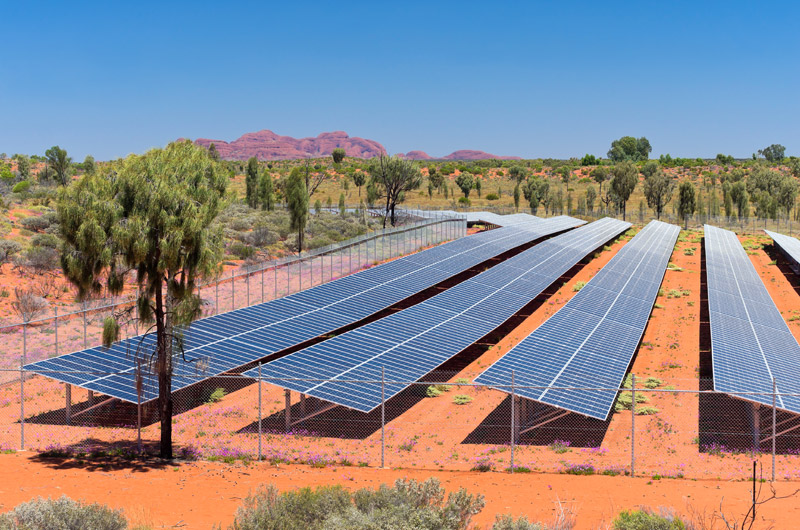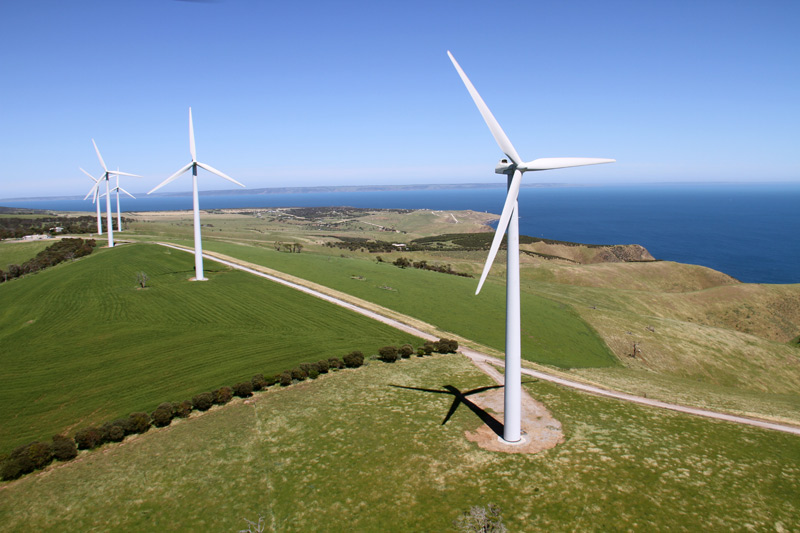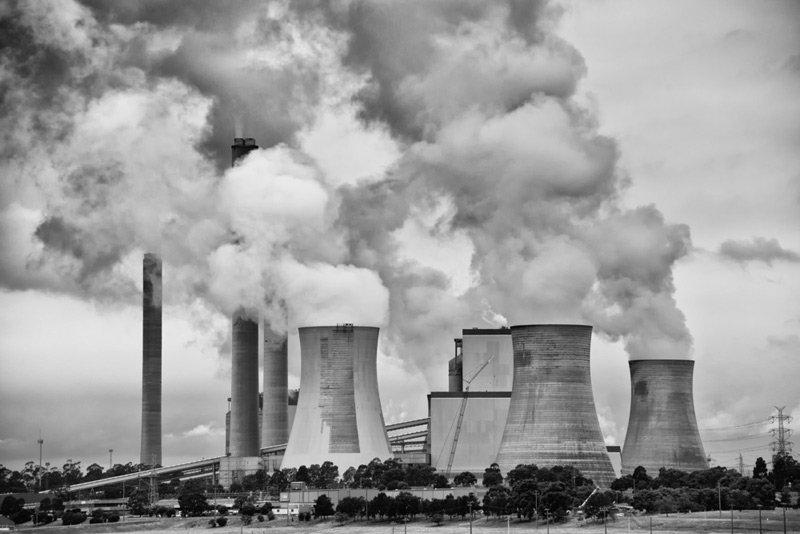
14th March 2017 Renewables are now Australia's cheapest energy option A major new report claims that renewable energy is now Australia's cheapest energy option, even when the cost of storage to make the intermittent power sources reliable is added.
A major new study into the cost of emissions reductions and energy storage in the Australian power sector indicates that the rising price of gas, coupled with the falling cost of energy storage, has now made renewable energy the cheapest source of "reliable" generation in Australia – surpassing gas as the 'least cost' source of energy supply – even if the Sun is not shining and the wind not blowing. The study also shows that "clean coal" technologies such as Carbon Capture and Storage (CCS) will not be commercially mature before 2030 – and will therefore not help Australia to meet its 2030 emissions reduction target under the Paris Agreement. The study, by energy and carbon advisory firm RepuTex, is expected to re-shape thinking on the role of renewable energy in providing affordable, clean, and reliable energy as Australia seeks to meet its 2030 emissions reduction target – referred to as the "energy trilemma". RepuTex analysis, supported by extensive consultation with over 45 electricity generators, industrial and commercial consumers and investors, identifies emissions reduction activities in the power sector – such as retrofitting existing coal-fired plants, developing new wind, solar, gas and "clean coal" generation – with analysis mapping the size and cost of abatement through to 2030. Their analysis also calculates the "full cost" for renewables to supply "reliable" power – including the cost of batteries, pumped hydro, or thermal storage – to determine which technologies can supply electricity at least cost, while improving security. According to RepuTex, advancements in the cost of energy storage technology, coupled with significant rises in the domestic gas price, have now made wind and solar – with storage – competitive with gas in providing system reliability in the form of instantaneous peaking or load-following generation. This means new renewable facilities, with storage, are the least cost source of firm power, and able to provide energy supply even if the Sun is not shining, or the wind not blowing.
"Traditionally, gas-fired generators have been the least cost technology that could provide energy security, such as load-following and peaking services," explained Bret Harper, head of research at RepuTex. "However, the rising price of gas has increased the levelised cost of any new gas build in Australia. At the same time, the decline in capital costs for new wind and solar projects, and improvements in storage performance, have seen renewable project costs fall. When we consider the 'full cost' of renewables to supply dispatchable power – including storage costs to ensure supply even when the wind is not blowing or the Sun not shining – we find that renewables have overtaken gas as the least cost source of new firm supply," he said. The analysis is significant for the federal debate on energy security, with findings indicating that load-following wind and solar may now be able to strengthen the grid – overcoming intermittency concerns – while strengthening the claims of state governments in South Australia, Queensland and Victoria as they seek to cash in on new renewable investment. "As older coal and gas-fired generation leave the market, new dispatchable renewables will be able to provide energy during daily peaks, adjust as demand changes throughout the day, or provide reserve peaking generation capacity to alleviate critical situations such as those in South Australia and New South Wales," said Harper. "Moreover, they can now provide that service at 'least cost', surpassing gas. Our view is that this will create a decreasing need for baseload-only facilities, with potential for states to rely on new storage technologies to provide affordable, clean, and secure energy, while improving system reliability."
Notably, the study also shows that "clean coal" technologies such as Carbon Capture and Storage (CCS) will not be commercially mature before 2030 – and will therefore not help Australia to meet its 2030 emissions reduction target under the Paris Agreement. Findings indicate that four groups of measures have potential to deliver the vast majority of the power sector's emissions reductions by 2030, including distributed generation, the closure of emissions intensive generators, improving the greenhouse gas intensity of existing fossil fuel plants, and investing in renewables and energy storage. However, while analysis shows there are many opportunities for emissions reductions in the sector, "clean coal" technology is not among the cheapest. "While clean coal is promoted as a critical emissions reduction technology, findings indicate that cost will be a major barrier to the implementation of a commercial scale project in Australia," said Mr Harper. "We see costs for CCS coming down as low as $100/MWh around 2030, at which point a large-scale project may be feasible if there is any appetite for a baseload-only generator. On that timeline, we assume CCS will play little role to meet Australia's 2030 emissions reduction target." "Moreover, with a premium placed on flexible generation that can ramp up or down, we see baseload-only generation as being too inflexible to compete in Australia's future electricity system. That is not good news for coal generation, irrespective of how clean it is," said Mr Harper. The study is expected to provide a new reference point for the cost of emissions reductions, and energy storage technologies, as policymakers seek to solve the "energy trilemma" of providing affordable and reliable energy supply, while meeting Australia's 2030 emissions target. RepuTex notes that a clear market signal is needed to guide investment toward a long-term target well beyond 2030, to better match the investment timeframes of the sector. "To determine a cost-effective pathway, Australia needs to define its long-term target to better match investment decisions that have lifetimes of 20 to 40 years" said Mr Harper. "Are we aiming for a 26 per cent target by 2030, or 100 per cent clean energy by 2050? Each of those targets have different least-cost pathways, but the same investment timeframe. Identifying a long-term target, with a clear signal on the rate and pace of change, will therefore help to guide the correct investment in the sector." ---
Comments »
|









